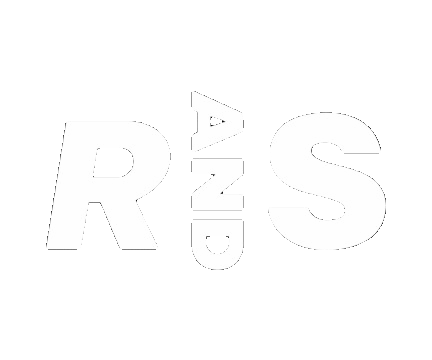3 minute read
The NRL has denied claims the interpretation of the obstruction rule makes it easy to play for penalties, saying an element of doubt only helps officials.

NRL football boss Graham Annesley has hit back at frustrations over the obstruction rule, saying the current interpretation was designed to prevent milking for penalties.
Obstruction has been under the microscope this season following several key calls.
The Sydney Roosters were denied a potential game-winning try in Thursday's 22-16 loss to Penrith after decoy runner Jared Waerea-Hargreaves collided with Panthers fullback Dylan Edwards.
Annesley later said Joey Manu's subsequent try should have been awarded, with Edwards unlikely to have covered enough ground from the point of contact to make a tackle.
In the days after the loss, Roosters players claimed the obstruction rule could be exploited, with players able to 'buy' penalties by colliding with decoy runners.
Canterbury forward Viliame Kikau raised similar concerns on Sunday.
Claims the obstruction rule is too black-and-white can be traced to 2013, when the NRL moved to codify what constituted obstruction.
Previously, obstruction had generally been determined at the discretion of match officials, without a framework to which players could adhere.
But the rules still say "the referee or review officials can determine the significance of contact initiated by the block or flat runners ... in impeding a defender's involvement in a try scoring play".
Annesley said the rules, which give indicators for obstruction and a chance for referees to apply discretion, were the best way to deter NRL stars from playing for penalties.
"How do we prevent (playing for penalties) from being incentivised as an option? You make sure that if there is a doubt about whether a player would get there or not, in some cases, they don't get the benefit of that collision," Annesley said.
"If we make these decisions completely black-and-white, or too black-and-white, then that encourages milking.
"Because players will say, 'I'm not going to get there so I'm just going to run into a lead runner, and that way there's a fair chance that the try will be disallowed'.
"We don't want to encourage that. We don't want to see milking."
Annesley said the Australian Rugby League Commission would review the obstruction rule in the off-season, but he was satisfied it remained fit for purpose.
"Over 11 years, this has stood the game in good stead," he said.
"We're going to have debates about some of these things but we've got to be careful not to throw the baby out with the bathwater.
"If this can be tweaked in any way to make it clearer, particularly to make it easier to officiate (it will be examined).
"(But) the system is not broken.
"The fact is, they're not getting it wrong all the time. They mostly get it right."





